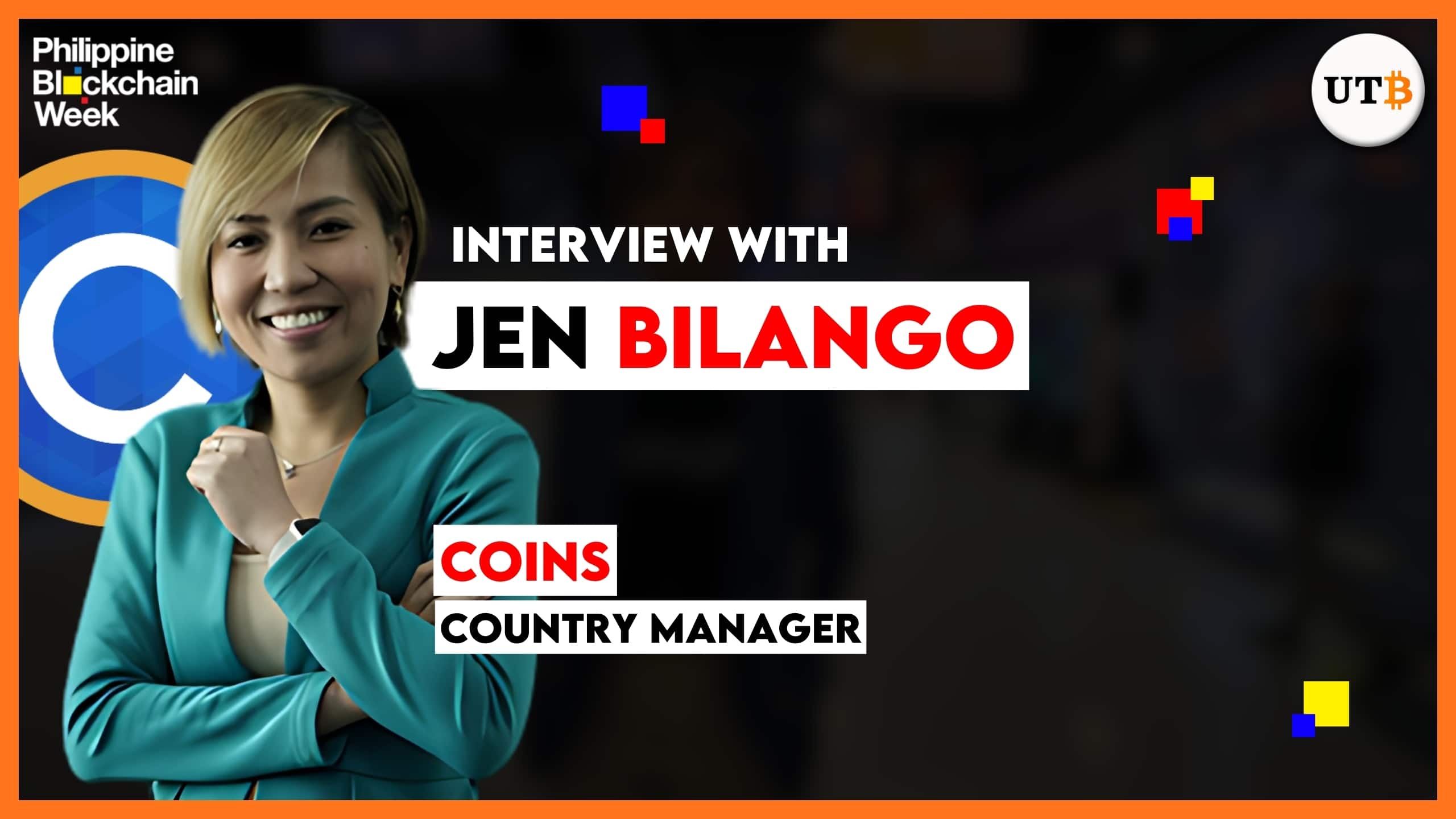Lido is a well-known liquid staking protocol on Ethereum, managed by the decentralized Lido DAO. It allows users to stake their ETH without locking it up or handling the technical side of staking, making the process easier for everyone. When users stake ETH with Lido, they receive stETH in return, which lets them keep using their funds in the DeFi ecosystem while still earning staking rewards.
As Ethereum staking grows, Lido Protocol makes it easy to stake ETH without locking it up. When users stake through Lido, they receive stETH, a token that allows them to earn rewards while still having the flexibility to use their funds in DeFi for trading, lending, or other activities.
We, UseTheBitcoin, interviewed Dmitry Gusakov, the Tech Lead of Lido Community Staking.
What Is Lido Protocol?

One of the essential contributors to Lido is Dmitry Gusakov, a technical leader working on the Community Staking Module (CSM), a project designed to make Ethereum staking more decentralized. Lido’s decentralized governance keeps the protocol secure, transparent, and long-lasting.
How Does Lido Work?

Lido makes staking easier by letting people deposit ETH, which is then given to a group of validators who help secure the Ethereum network. In return, users get stETH, a token that earns rewards like staked ETH but can still be used for trading, lending, or other activities in DeFi. Unlike traditional staking, where ETH is locked, Lido allows users to earn rewards while staying flexible. Lido also improves security and reduces risks by spreading staked ETH across many validators.
Key Features of Lido

Lido provides several essential features that make staking easier, more decentralized, and connected to the broader DeFi ecosystem.
Liquid Staking with stETH
Users who stake ETH with Lido receive stETH, which keeps their funds liquid. stETH can be used across various DeFi platforms for lending, trading, and yield farming while still earning staking rewards. These rewards are automatically added, eliminating the need for manual restaking.
Decentralized Validator Network
Lido has one of the most decentralized validator groups among staking platforms. It uses a combination of experienced operators, Distributed Validator Technology (DVT), and open-access operators, making staking safe and efficient.
Community Staking Module
The Community Staking Module (CSM) lets anyone become a Lido node operator without the old restrictions. This helps more solo and community stakers join, making Ethereum more decentralized. Plus, node operators earn extra rewards for running validator nodes.
Easy Integration with DeFi
stETH works with popular DeFi platforms like Aave, Curve, MakerDAO, and Uniswap. This lets users earn staking rewards while using their assets for lending, borrowing, and liquidity pools to increase their returns.
Safe and Open Governance
Lido is managed by the Lido DAO, where LDO token holders help make decisions. The protocol’s smart contracts are often checked and reviewed to keep everything secure and transparent.
What Makes Lido Different?
Lido is built to support Ethereum’s goals of making staking open, secure, and easy to use. It uses the Community Staking Module (CSM), Distributed Validator Technology (DVT), and a broad group of validators to keep the network strong and safe. Lido also works smoothly with DeFi, letting users stake ETH, get stETH, and still use their assets while earning rewards. Its simple setup allows staking or running a node in just one step.
Who Can Benefit from Lido?
Lido is valid for a wide range of users. ETH holders can stake their ETH without losing access to their funds. DeFi users can put stETH in different protocols to earn extra rewards. Solo stakers and node operators can run validators through the Community Staking Module (CSM), helping to make the network more decentralized. Institutions and DAOs can also use Lido for secure and scalable staking solutions.
How to Get Started?
Using Lido is quick and easy. To stake ETH, users can go to stake.lido.fi and complete the process in one step. Those who want to become node operators can visit csm.lido.fi for step-by-step instructions on setting up a validator. With Lido, users can stake their ETH, help secure the network, and earn rewards while still having access to their funds, making Ethereum staking more open and decentralized.
Official Social Media Channels
For further information on the Lido Community Staking and to stay updated on their announcements, please visit their website and follow their official social media channels provided below:
👉 Website: https://lido.fi/
👉 Twitter/X: https://x.com/lidofinance
👉 Twitter/X – Dmitry Gusakov: https://x.com/d_gusakov
👉 LinkedIn – Dmitry Gusakov: https://www.linkedin.com/in/dgusakov/?originalSubdomain=es
👉 Discord: https://discord.com/invite/lido
👉 Telegram: https://t.me/lidofinance























